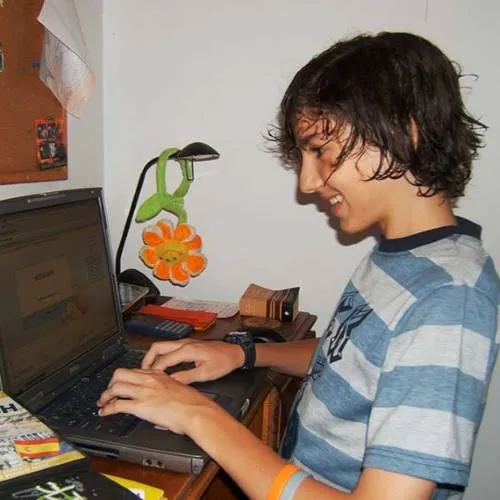The Piano is a beautiful and dramatic telling of a tragic romance story. Set in the 19th century, the narrative follows a mute woman, Ada, and her daughter, Flora. Despite her desire to keep a distance from others, Ada finds herself caught between two men in a dark love triangle.
Exquisite cinematography and art design is paramount in the film’s successful world building. The setting of the murky New Zealand coast and its misty woods provides an incredible atmosphere, particularly in some of the rainy scenes towards the end of the film. Director Jane Campion demonstrates a powerful mastery of mise en scene; every shot is interestingly framed, and often has layers of meaning and subjects in both the foreground and background. Furthermore, a remarkably unobtrusive edit lets the drama play out very organically. Scenes are minimally cut, and there is a strong sense that no shot is wasted, or is too long or too short.
The piano at the heart of the film acts as a metaphoric plot device. It is essential to Ada, practically replacing the void her muteness creates. Early on, playing the piano is emphasised as her favourite and most essential activity, as it’s the only time she can express herself. But then in order to get closer to her, Baines and Stewart inadvertently corrupt this haven.
Musically, the piano is brilliantly incorporated. It’s playing within scenes is oft interweaved into the already excellent score by Michael Nyman.
Interestingly, Baines is for some time perceived to be the villain of the piece and Stewart seems the faultless hero, but the drama thickens and their roles are reversed in the second act when Ada demonstrates her affections for Baines.
In a meta-narrative flair worthy of Shakespeare, the play within the movie - which depicts a killer with an axe - effectively foreshadows the end of the film when Stewart, angry and betrayed, wields an axe against Ada. When he dramatically cuts off her finger, removing her ability to express herself through piano, the camera lingers with Ada as she struggles to comprehend her circumstances. Holly Hunter’s performance is wall to wall incredible, drawing in the viewer with a physical and emotional intensity. This climactic moment is heightened ever more by gloomy rain and the use of slow motion. Many powerful moments in the film take on a theatrical, larger-than-life quality which is epic and cinematically appealing.
All of her voices destroyed, Ada attempts to kill herself, but as she is drowning she finds the will to live. Emerging rebirthed from the water, she begins to speak again. A statement not only on the resilience of the human spirit, but the ability for one to change and grow through sincere effort.

